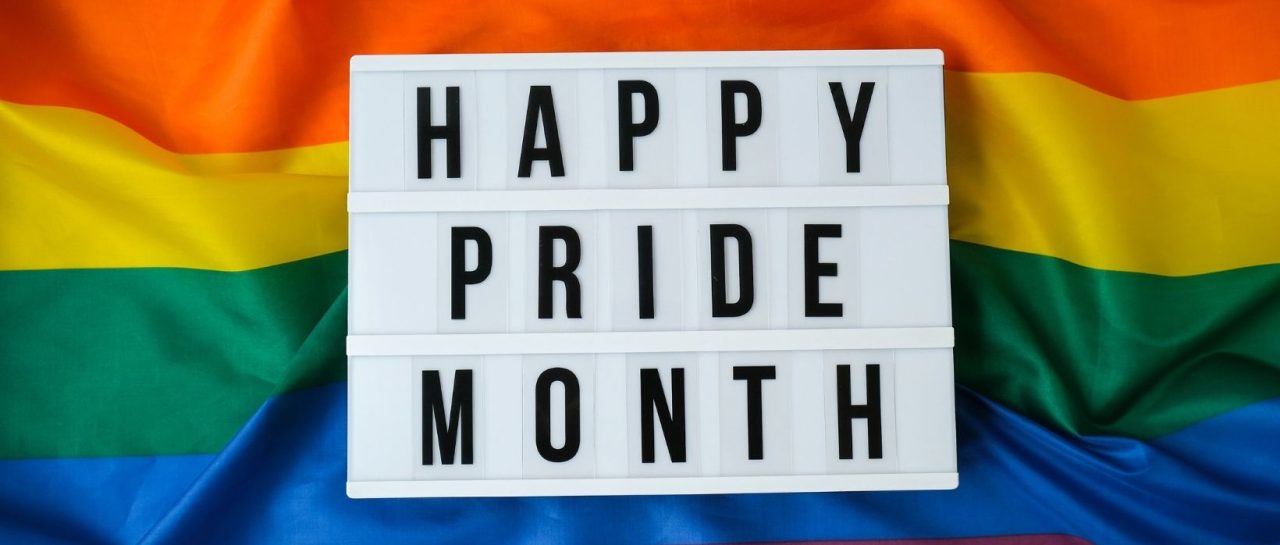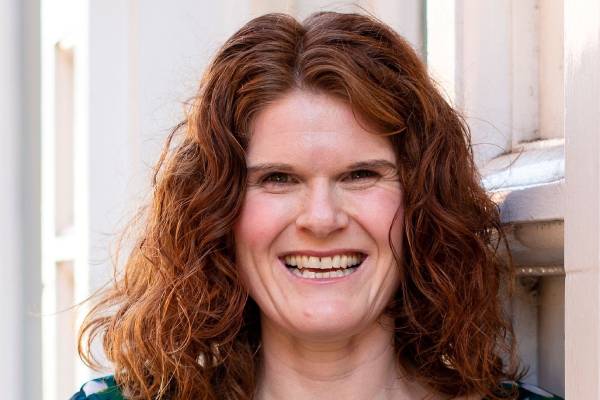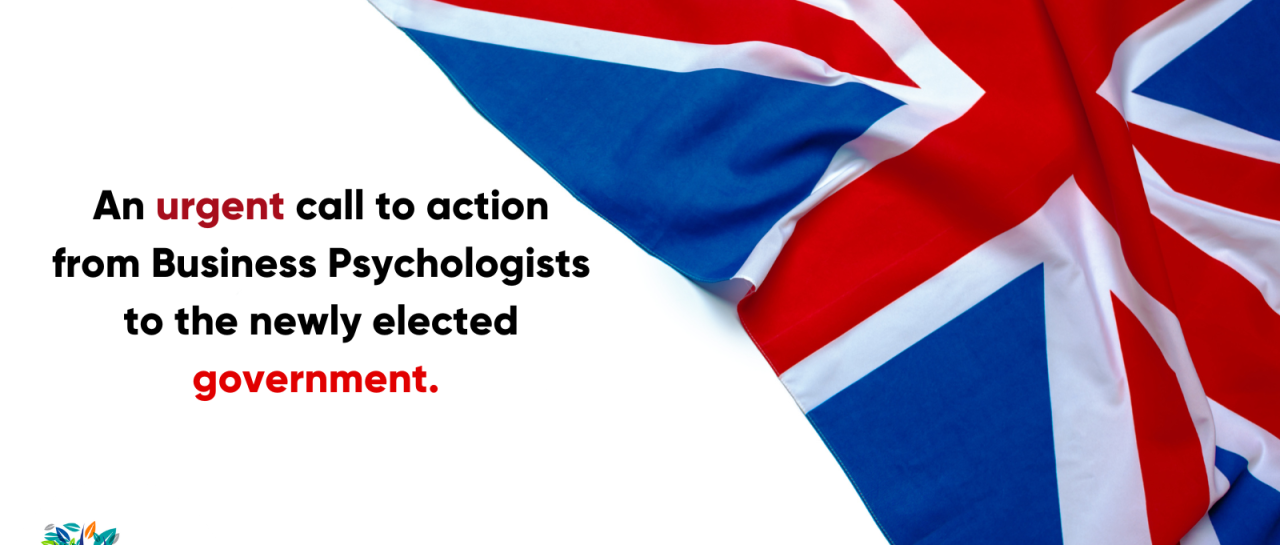Authored by Certified Business Psychologist Laura Howard. Certified Business Psychologist, Laura Howard, reflects on the webinar she recently delivered to ABP members. Below she outlines the main findings of her published research uncovering systematic barriers women face when being authentic as leaders. Importantly, she gives…

A personal account from ABP Board Member and Head of University Accreditation, Dawn Nicholson
Growing up suspecting you might be gay in the North-East in the 1970-80’s was no easy thing. Coming from a working-class family, attending a tough comprehensive School, made being different – in any way – difficult. In those days we didn’t discuss sexual orientation – no-one talked about it. There was really no-one to turn to, no internet or other online support forums. It was often hard to know what was going on and it was even harder to deal with.
One thing that was hugely valuable at that time was role models. The Oxford Dictionary defines a role model as: ‘a person people admire and try and copy’. I was fortunate to have a great – openly gay – drama teacher who did the most amazing work with young people, in that tough comprehensive school. She saw potential in everyone and she was probably the first person who helped me to see that it was OK to feel what I was feeling. Psychological research addresses the importance of positive role models through important theories such as Vicarious Reinforcement, Social and Observational Learning Theory, mainly researched through the work of Bandura and colleagues. Never underestimate the importance of role models – she was a major influence in my life.
It’s an understatement to say that the workplace did not embrace any difference – let alone sexual orientation – when I began working back in the mid-eighties. Change was slow to come. In the meantime, those of us who were gay went to extraordinary lengths to hide our real selves. It’s true to say that the question “what did you do at the weekend” was always the most difficult. Say too much and your secret was out. Say too little and work colleagues thought you were boring, stand-offish or just plain unfriendly. When it came to ‘in-group’ versus ‘out-group’, many of us definitely felt like we fell into the latter category. Often only a few trusted work colleagues knew the truth – and they were sworn to silence. These were tough times.
Real change began to make itself felt around the early 2000’s. Big organisations in particular began to wake up to the power of diversity – gender, ethnicity and – it felt like finally – sexual orientation. Even then, things moved at what seemed like a snail’s pace. I recall discussions around the set-up of an LGBT (as it was then) employee group in one firm. We were in active discussions as to whether the group wanted to meet offsite, out of the workplace, so as to feel ‘safer’. Even when we all agreed to proceed with the meeting onsite, some attendees looked at myself and one of my HR colleagues with real suspicion and scepticism, going so far as to ask us if we were there from HR simply to note down their names for disciplinary purposes. After that shaky start, things moved quickly. Workplaces really embraced diversity and inclusion, and sexual orientation was a big part of that. I can still recall the electric feeling of being a part of the first recruiting event we in the investment banking community organised, specifically aimed at LGBT+ students. It was an emotional event – for the students and for those of us involved.
Of course, things are very different now and in this Pride Month, of all months, it is fantastic to see how far workplaces, and society more broadly, has come in celebrating and valuing the LGBTQIA+ community. Workplaces are far more inclusive and accepting places now, as is society more broadly. The changes that have happened since I began work in the mid-80’s feel like nothing short of miraculous sometimes. The Human Rights Campaign now identifies over 30 countries where same-sex marriage is legal. These changes are huge: the fact that LGBTQIA+ employees are able to be themselves in the workplace is vitally important, particularly as research suggests a relationship between concealing ones sexual identity and internalizing mental health problems, such as depression, anxiety and distress. (Pachankis et al., 2020).
Whilst we – rightly – celebrate how far our workplaces, and societies, have come, it’s important to remember that the challenges are far from over. For example, Uganda recently signed one of the world’s harshest anti- LGBTQIA+ laws, including the death penalty for “aggravated homosexuality”. Georgia Meloni, Italy’s Prime Minister, has denounced what she calls “gender ideology” and “the LGBT lobby” and taken steps to limit parental rights of same-sex couples. In the United States, US officials have warned of a rise in threats against the LGBTQIA+ community and some 500+ anti LGBTQIA+ laws have gone before state legislatures. We need to safeguard how far we have come and strive for change where it is still needed. Everyone should feel safe in the workplace, be able to be themselves and bring their full self to work. That’s the way we all win and I believe the best workplaces will continue to make this happen.



